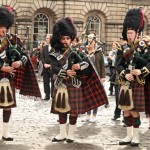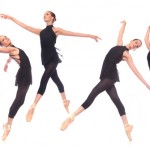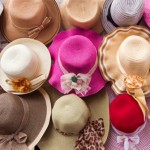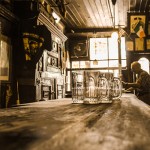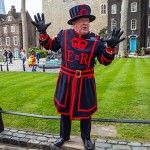Music and dancing created unique youth subcultures in Britain in the 1920s. They were recognizable very clearly because of their fabulous dresses. Their dancing styles gave prominence to acrobatics. This British subculture is known as Dandies and Flappers. Almost all of them tried to get female attention by drinking, smoking and showing they had more freedom to do what they wished. Oriental and African fashion rapidly took centre stage of the Dandies and Flappers.
‘Ted’ was influenced by rock ‘n’ roll music in the 1950s. Those who followed this culture had a tendency to be involved in violence and unrest. They went against norms. They wore jackets with drapes and drainpipe trousers. With these, they wore very narrow ties and creepers. The girls dressed in pencil skirts and blazers. Their most preferred modes of transport were motorbikes.
The last quarter of 1950 saw the rise of modernists. They got into groups known as ‘Mod.’ The youth in the ‘Mod’ culture group was engaged in lucrative jobs, and their spending habits were over the limit of ordinary people. They danced to the tune of R & B and British bands and flocked more often to night clubs. The girls had long self-made lashes and wore capri pants.
The mid-1960s saw the rise of another youth subculture in Britain called the Skinheads. Ska music influenced them attracting them towards Jamaican fashion styles. Boys following in this culture wore drainpipe denim and chequered shirts. They also preferred wearing white T-shirts, red DMS and braces to other dresses. Nowadays, most members of the gay community dress in the attires of Skinheads.
Another British subculture called the ‘Hippies’ emerged amongst the youth in the 1960s. They behaved against norms and always tried to breach accepted ways of fashions, singing, dancing, etc. Most of the Hippies walked naked and worshipped exhibitionism. They dressed in old, tattered clothes. Old uniforms of military forces became their preferred suits. They proclaimed they represented peace and harmony.
Glam rock culture in 1970 was influenced by the music of the same name. They wore heavy make-up that their parents rarely approved. They walked in very high heeled boots. Bowie was one of the most famous personalities at that time that influenced Glam rockers worldwide. The Blackburn Council once attempted to ban him because of his indecency attitude in public events.
Mid 1970 saw another subculture known as ‘punk.’ Malcolm McLaren and Vivienne Westwood were two celebrities who influenced them very much. They preferred dying their hair and wearing T-shirts peculiarly cut. They also wore jewellery made from items such as pins and dog collars. Many creative music groups emerged during in this period, but members of most of these bands were said to have had no experience in playing instruments.
Late 1970 saw the Goths culture. The performances of two celebrities at that time – Bauhaus and Dave Vanian attracted followers to this culture. They wore black coats when they were onstage. By dressing in black, they wanted to look different from others.
The combination of glam rock and neo-classical music created a new genre in the late 1970s and throughout the 1980s. The New Romantics subculture among the British Youth was the result of this emergence. Famous designers among this culture were Vivienne Westwood and Sue Clowes. The New Romantics wore extra-large sleeved shirts and unacceptable prints. They tried to be liberated from sexual conventionalism and preferred listening to and playing with the latest electronic instruments. Then in the 1990s, saw the emergence of Disco, Ravers and Soulies as well.
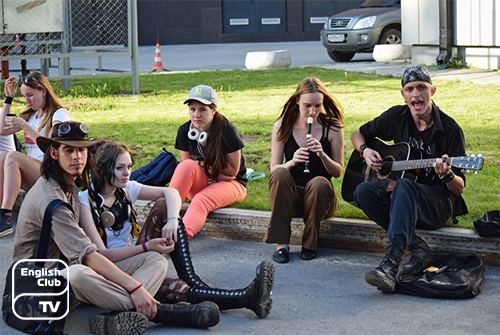
13
May


